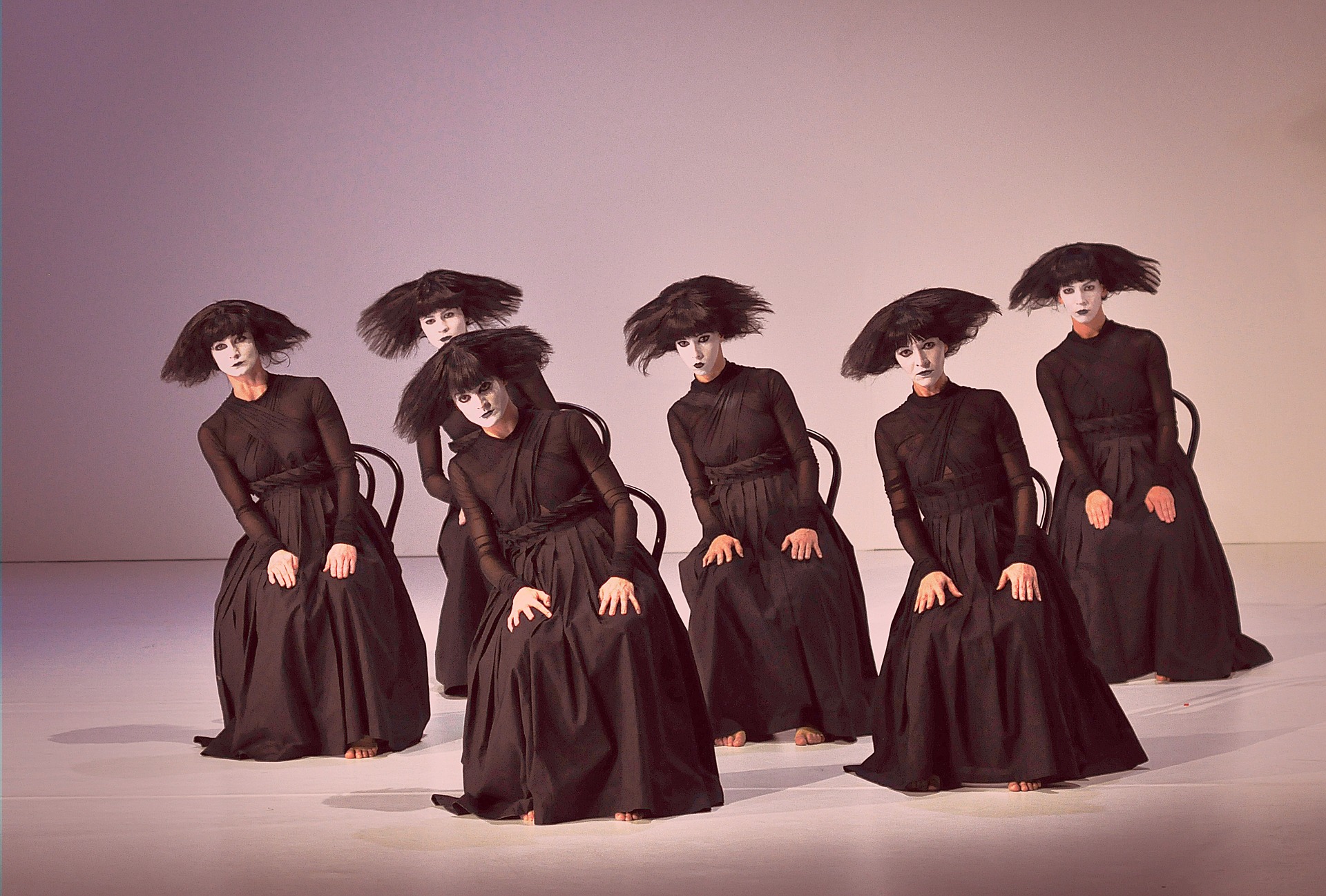Hello beautiful people. I tell you that for a long time I wanted to write about this topic that I love, and what better than to do it in #Hive, which is the perfect space to share everything we love.
I began to study it when I decided to do my degree project on Singing in Movement, when I observed the great difficulties that an excellent Choir I was working with had, to incorporate dance, gestures, gestures or body rhythmic patterns to the execution of their repertoire, in contrast to a great ability to interpret vocal works of great musical complexity.
My wish is that you will find this subject as interesting as I have found it myself.
Movement: from Anthropology to Art.
Hominids and Movement
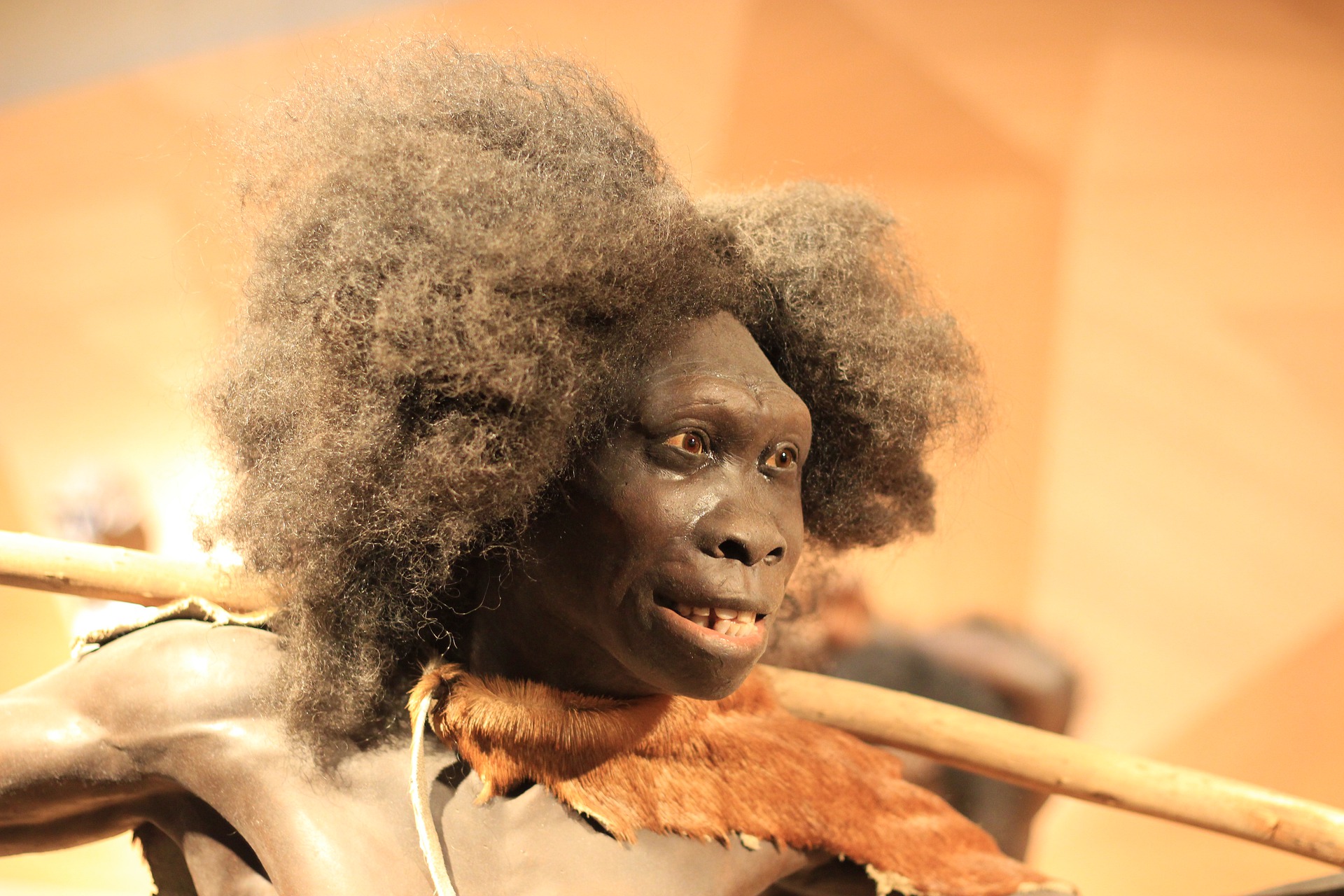
Source
As hominids have used it intuitively throughout their evolution as a form of communication and survival, MOVEMENT seems to be a primordial tool of the development of the species, vital for the existence and natural of life. Thus, all human phenomena include it, from the kinetic exercise for the most elementary communication, to migration, cultivation, tool making, search and satisfaction of physical, intellectual and spiritual needs, among others.
From the first specimens of the Homo species to the present day, the different stimuli guide us towards the reflex act of maintaining ourselves in a dynamic state that keeps us away from death.
Art and Movement
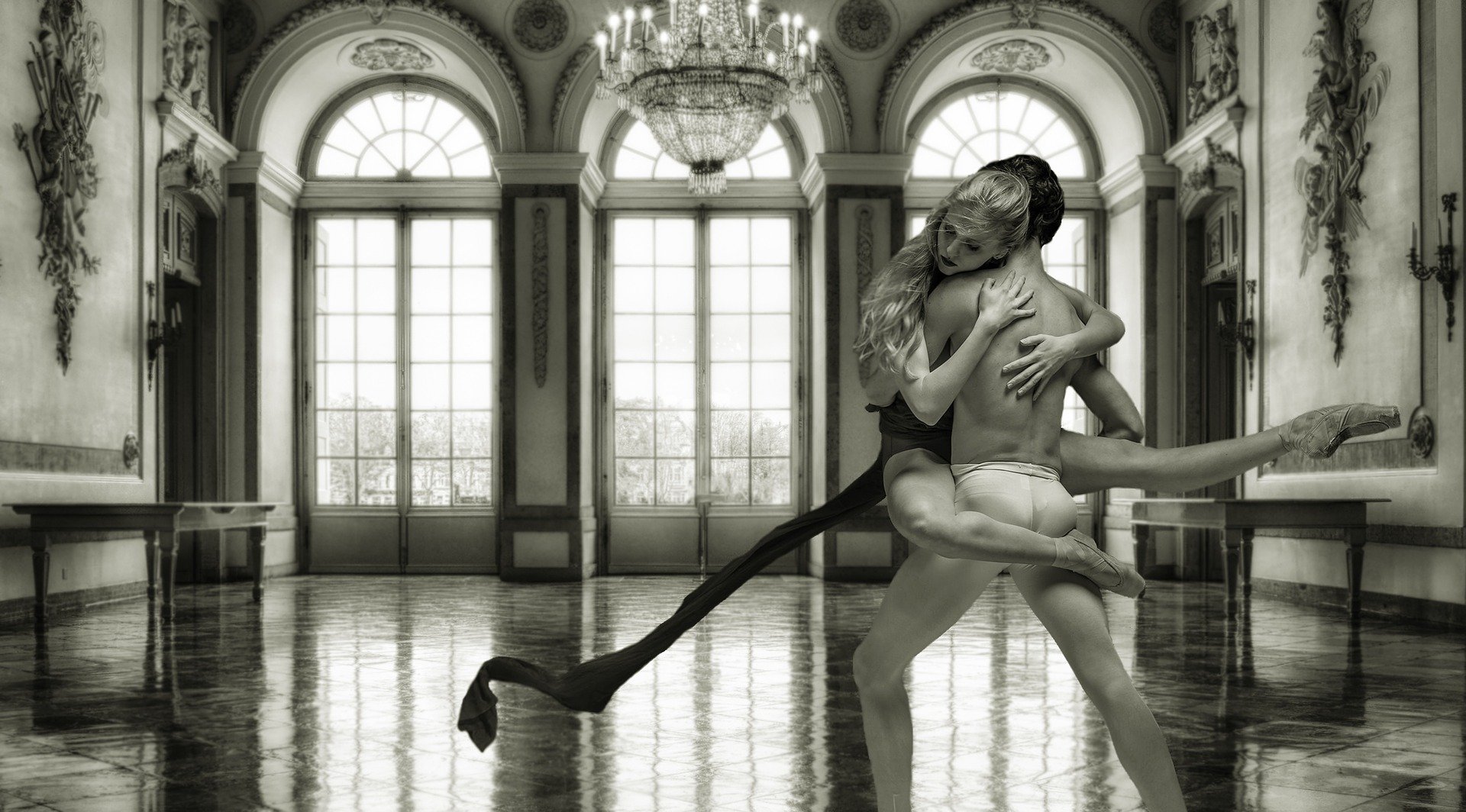
Source
This condition of moving does not exclude artistic manifestations, even before the concept of "art", when the ancestors danced in the caves in front of the new fire, or worshipped their gods from their cosmogonic vision with a functional, not artistic, sense.
Then, music, dance, theater and any other form of art enjoys and functions from movement, it needs it, it is immersed in its structures: audible in the case of music, visual in the case of plastic arts..., but all of them linked to the body.
Conflict of the "formal" Arts and Movement.
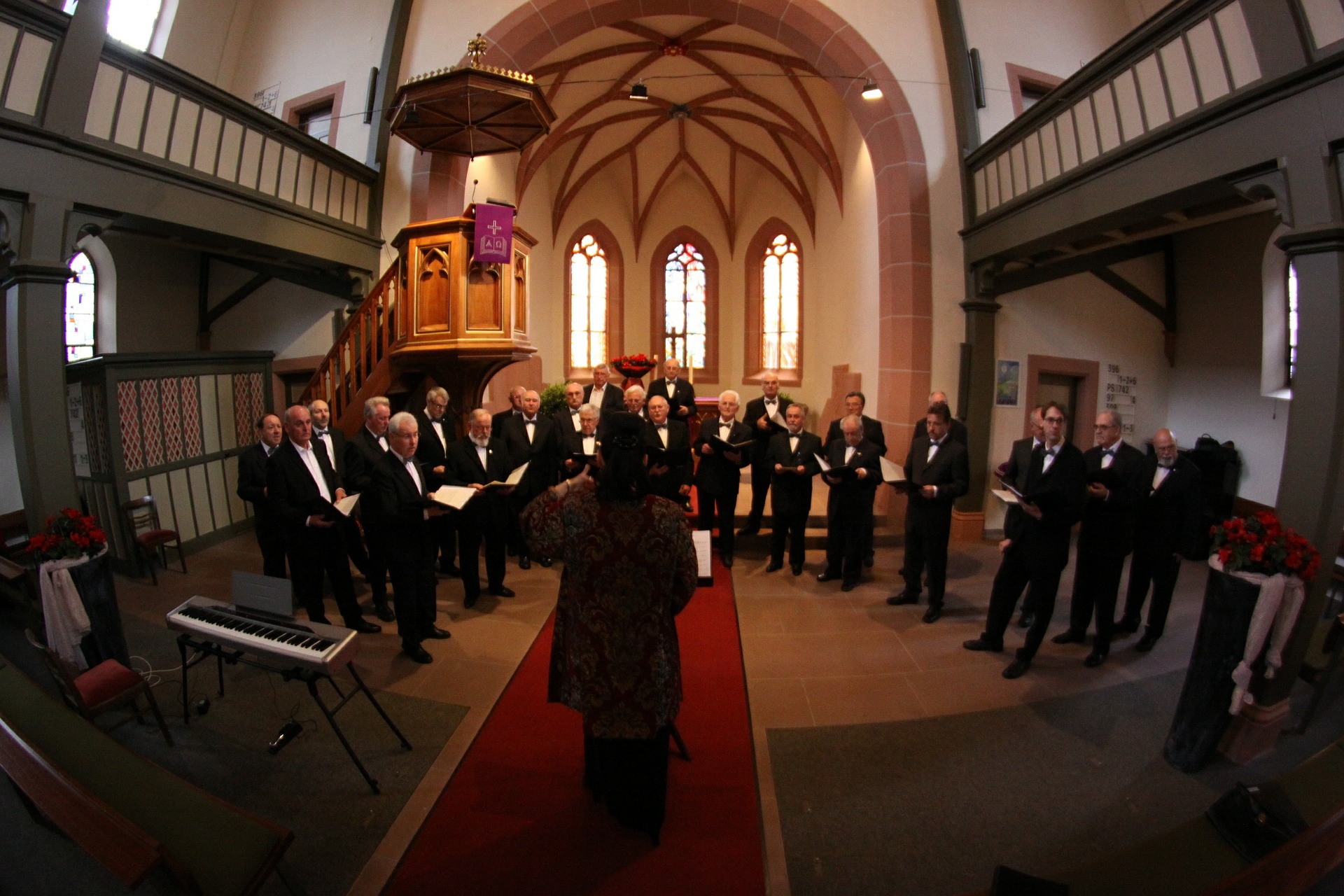
Source
Now, despite these 4,000,000 years of human history, in these times and on this side of the world, many models of artistic education (with the exception of dance, of course) are openly repressive of the natural instinct to move, reproducing the idea of giving a solemn sense to all artistic training approached in an academic way.
In this sense, the musical experience, which as I mentioned at the beginning is the one I know more deeply, is not exempt from this reality, or have not you heard that phrase that says: "Musicians do not dance"? we have all heard it at some time!
It seems that the more difficult the musical technique, the greater the need to focus all our concentration on the execution, forgetting that musicality is a reflex act of our body, and that it helps to internalize the elements present in the work.
That is why there are few advantages and many difficulties generated by the learning of music by conditioning (adjusted to the more traditional Western academic-musical model) regarding the internalization of time, rhythm, melody and musicality in itself of each of the musicians in training; and that is why little by little is gaining space the incorporation of dance and body percussion in the academic music scene, historically resistant to this type of mergers.
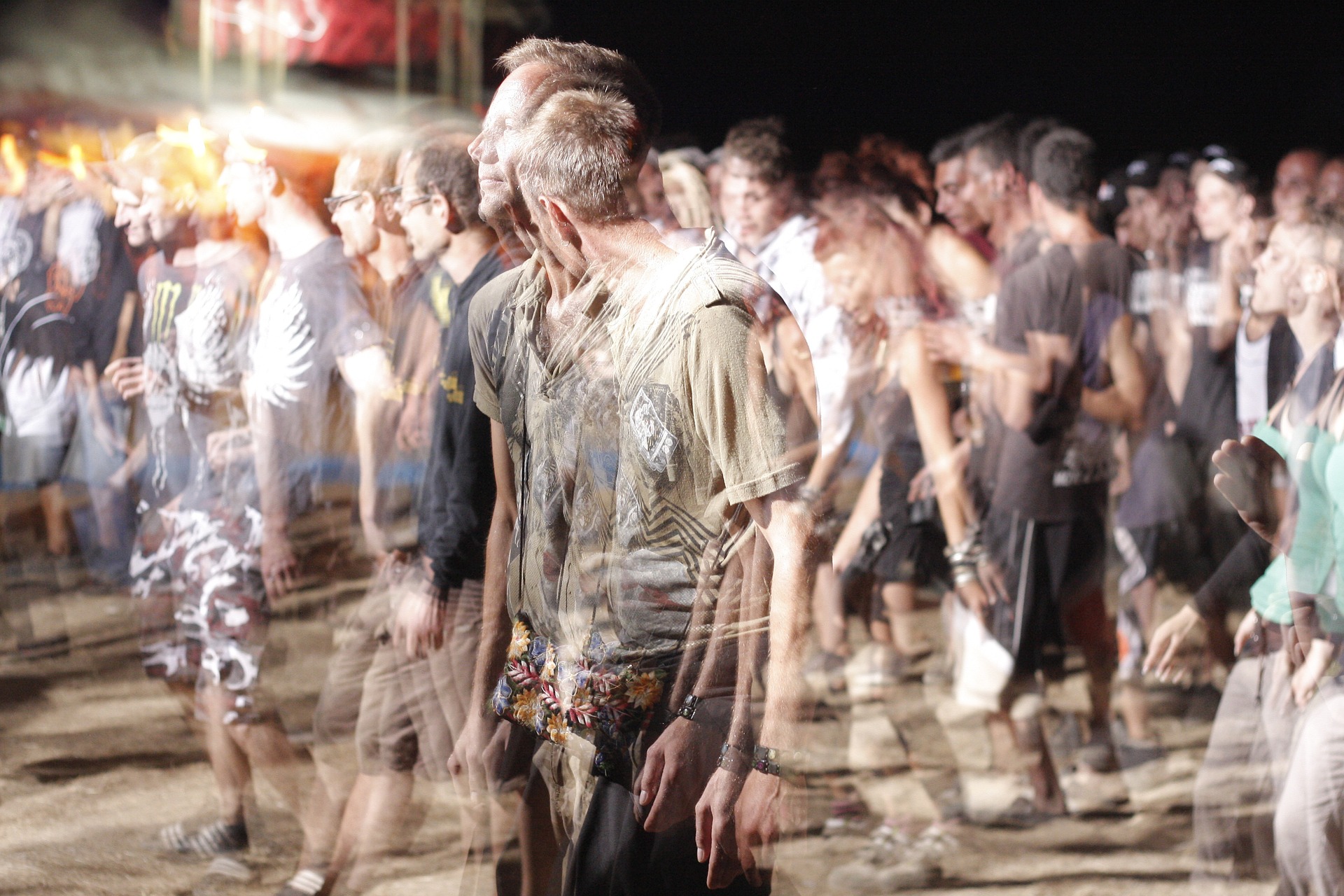
Source
So...
Based on all that we have analyzed up to this point, we can sign that movement in the execution of artistic manifestations not only considers an educational experience, but also addresses a corporeal dimension in resistance, based on the nature of the body and of human evolution in general..
Thank you for your time...
and for your reading
♥

Hola gente linda. Les cuento que desde hace tiempo quería escribir sobre este tema que me encanta, y qué mejor que hacerlo en #Hive, que es el espacio perfecto para compartir todo lo que nos encanta.
Comencé a estudiarlo cando decidí realizar mi proyecto de grado sobre el Canto en Movimiento, al observar las grandes dificultades que tenía un excelente Coro con el que trabajaba, para incorporar a la ejecución de su repertorio baile, gestos, ademanés o patrones rítmicos corporales, en contraste con una gran habilidad para interpretar obras vocales de gran complejidad musical.
Mi deseo es que encuentres este tema tan interesante como yo misma lo he encontrado.
Movimiento: de la Antropología al Arte
Los Homínidos y el Movimiento

Fuente
Como los homínidos lo han utilizado de manera intuitiva a lo largo de su evolución como forma de comunicación y de supervivencia, el MOVIMIENTO pareciera ser una herramienta primigenia del desarrollo de las especies, vital para la existencia y natural de la vida. Así pues, todos los fenómenos humanos lo incluyen, desde el ejercicio cinético para la comunicación más elemental, hasta la migración, el cultivo, la fabricación de herramientas, la búsqueda y satisfacción de las necesidades físicas, intelectuales, espirituales, entre otras.
Desde los primeros ejemplares de la especie Homo hasta nuestros días, los distintos estímulos nos orientan hacia el acto reflejo de mantenernos en un estado dinámico que nos aleje de la muerte.
Arte y Movimiento

Fuente
Esta condición de moverse no excluye a las manifestaciones artísticas, incluso desde antes del concepto de “arte”, cuando los antepasados danzaban en las cuevas frente al novedoso fuego, o adoraban a sus dioses desde su visión cosmogónica con un sentido funcional, no artístico.
Entonces, la música, la danza, el teatro y cualquier otra forma de arte goza y funciona desde el movimiento, ¡lo necesita!, está inmerso en sus estructuras: audibles en el caso de la música, visuales en el caso de la plástica…, pero todas vinculadas al cuerpo.
Conflicto de las Artes "formales" y el Movimiento

Fuente
Ahora bien, pese a estos 4.000.000 de años de historia humana, en estos tiempos y en este lado del mundo, muchos modelos de enseñanza artística (a excepción de la danza, por supuesto) se muestran abiertamente represores del instinto natural de moverse, reproduciendo la idea de dar un sentido solemne a toda formación artística planteada de forma académica.
En este sentido, la experiencia musical, que como comentaba al principio es la que conozco con mayor profundidad, no queda exenta de esta realidad, ¿o no han escuchado aquella frase que dice: "Los músicos no bailamos"? ¡todos la hemos oído alguna vez!
Pareciera que a mayor dificultad técnica musical, mayor necesidad de centrar toda nuestra concentración en la ejecución, olvidando que la musicalidad es un acto reflejo de nuestro cuerpo, y que ayuda a internalizar los elementos presentes en la obra.
Por eso pocas ventajas y muchas dificultades genera el aprendizaje de la música por condicionamiento (ajustado al modelo académico-musical occidental más tradicional) respecto a la internalización del tiempo, ritmo, melodía y a la musicalidad en sí misma de cada uno de los músicos en formación; y por eso poco a poco va ganando espacio la incorporación del baile y la percusión corporal en la escena musical académica, históricamente resistente a este tipo de fusiones.

Fuente
Entonces...
Basándonos en todo lo que hasta este punto hemos analizado, podemos firmar que el movimiento en la ejecución de las manifestaciones artística no sólo considera una experiencia educativa, sino que aborda una dimensión corpórea en resistencia, basada en la naturaleza del cuerpo y de la evolución humana en general.
Gracias por tu tiempo...
y por tu lectura
♥

